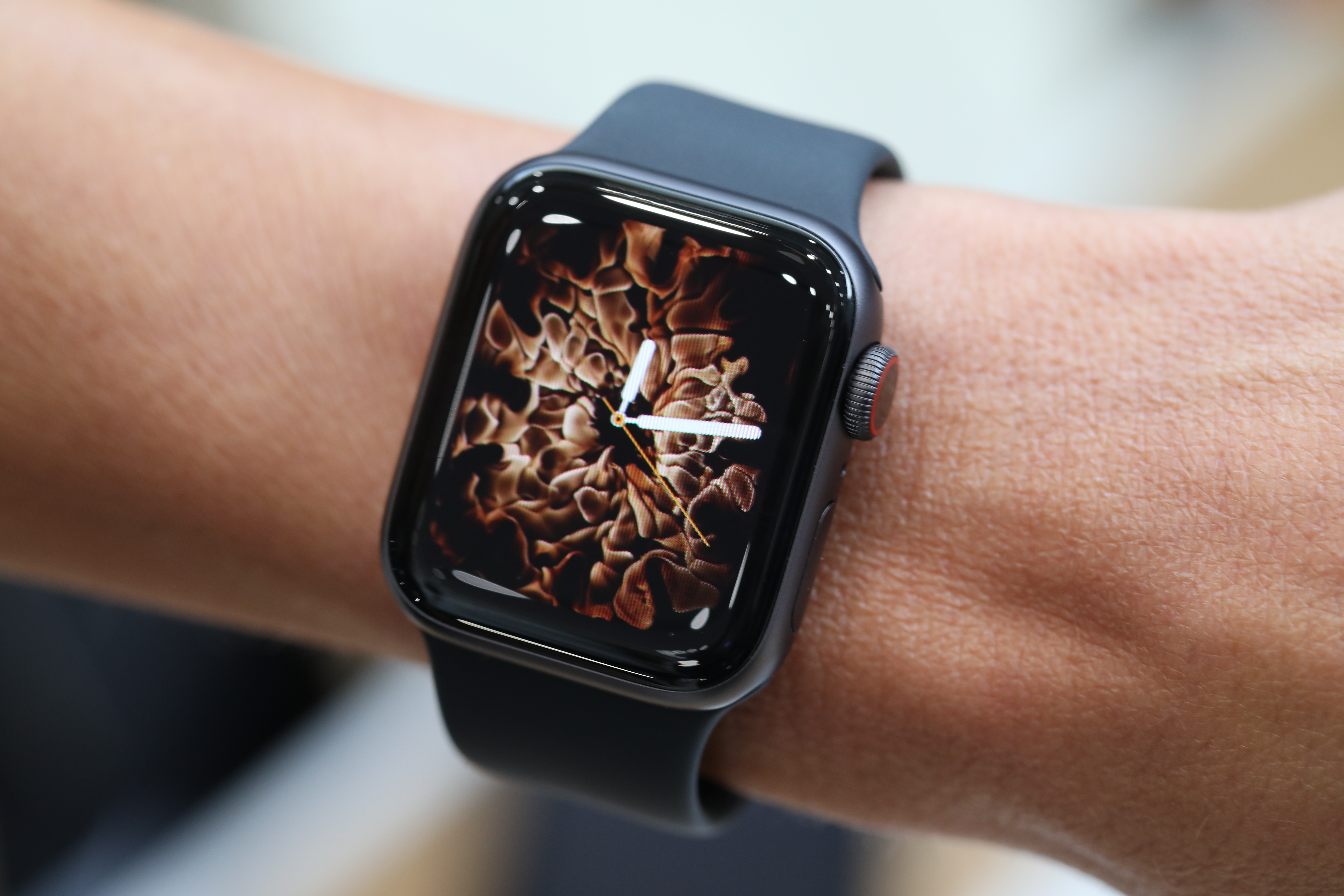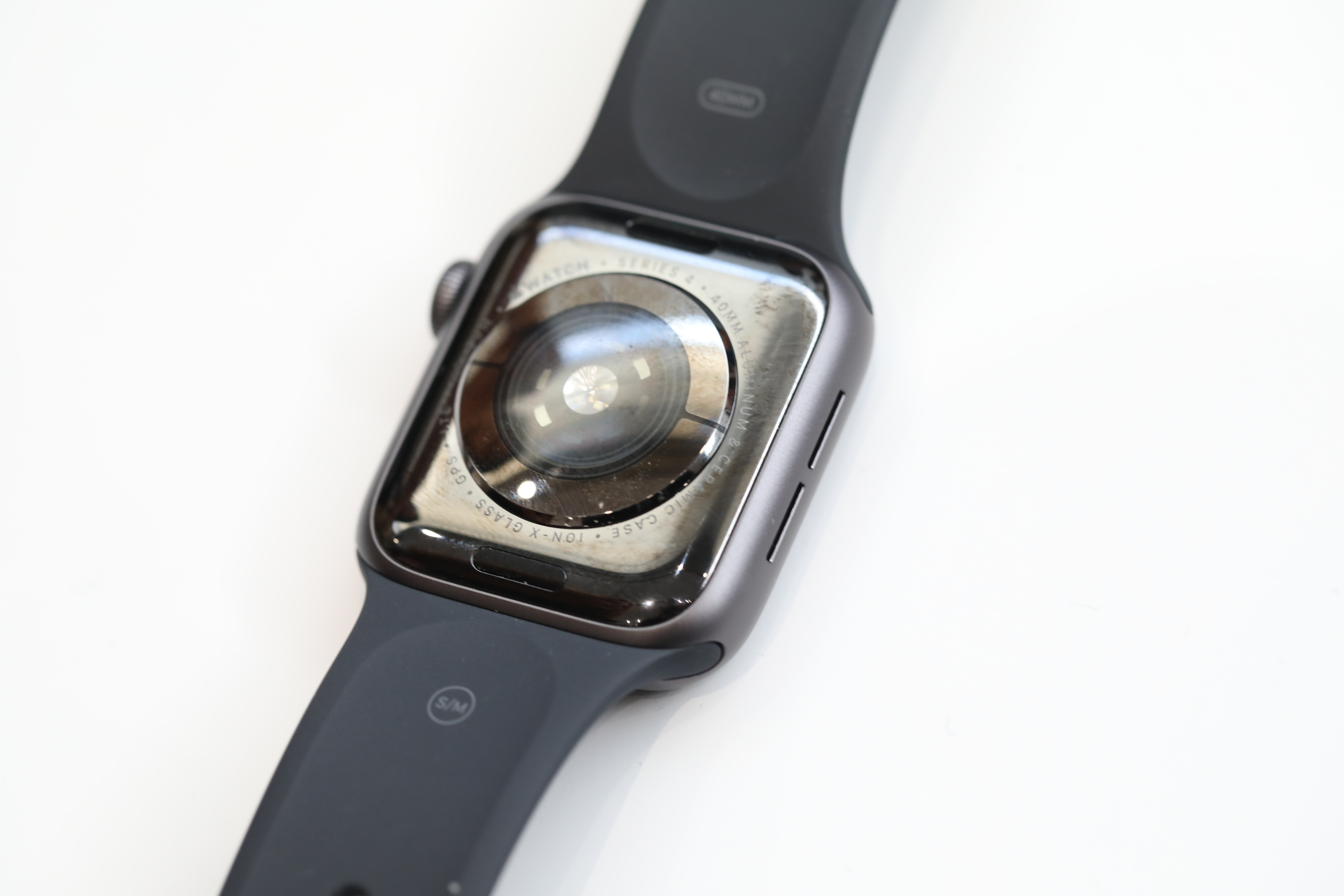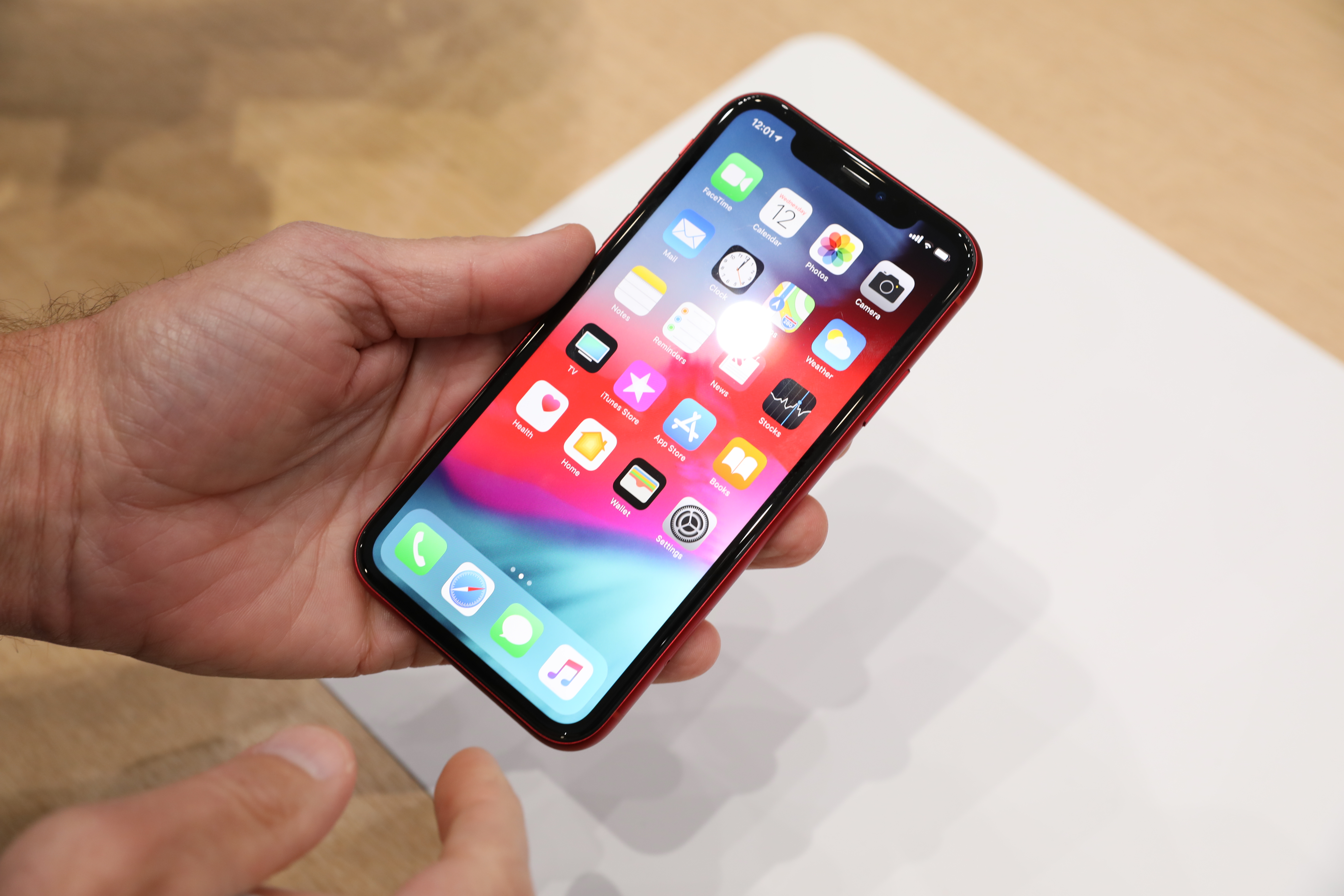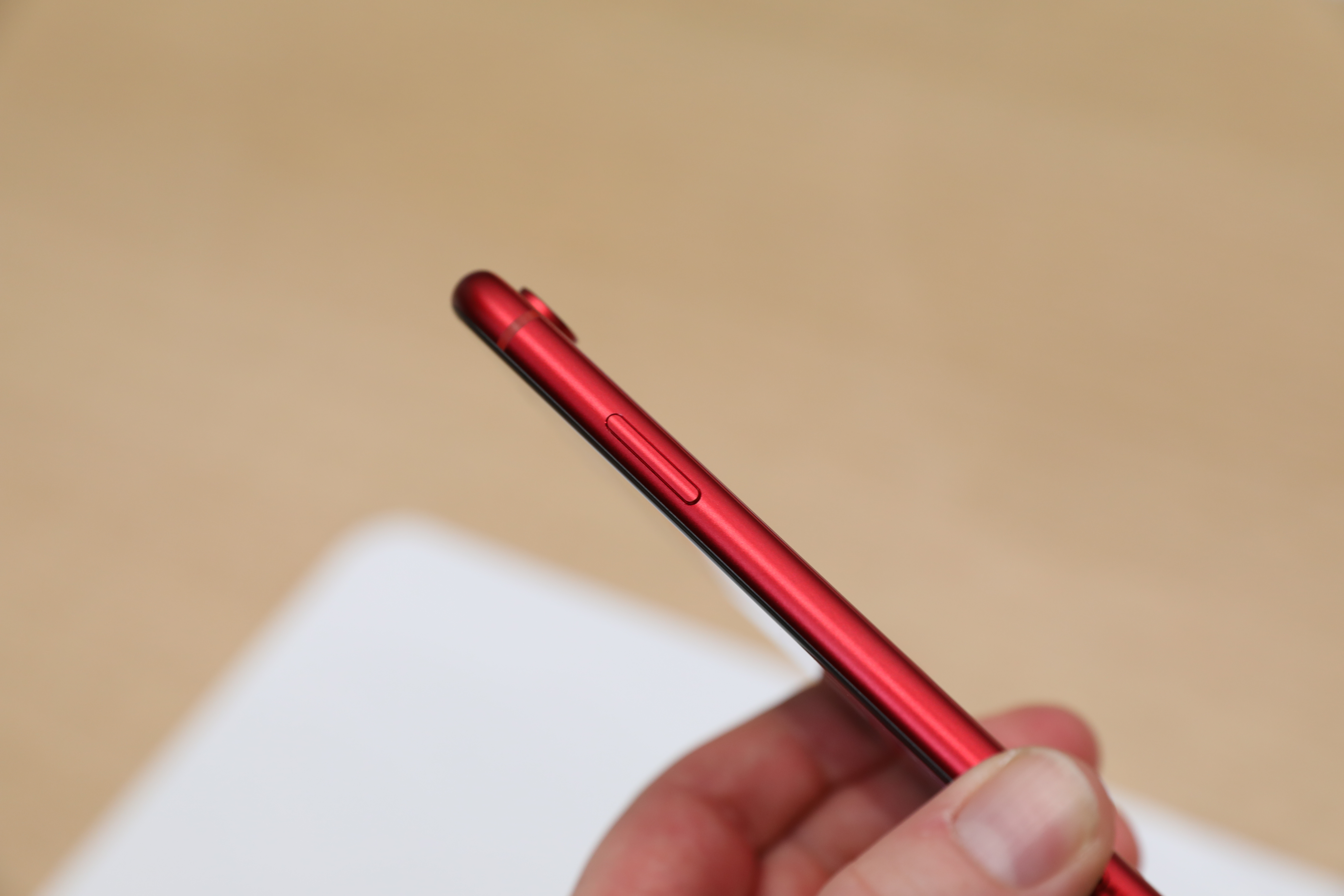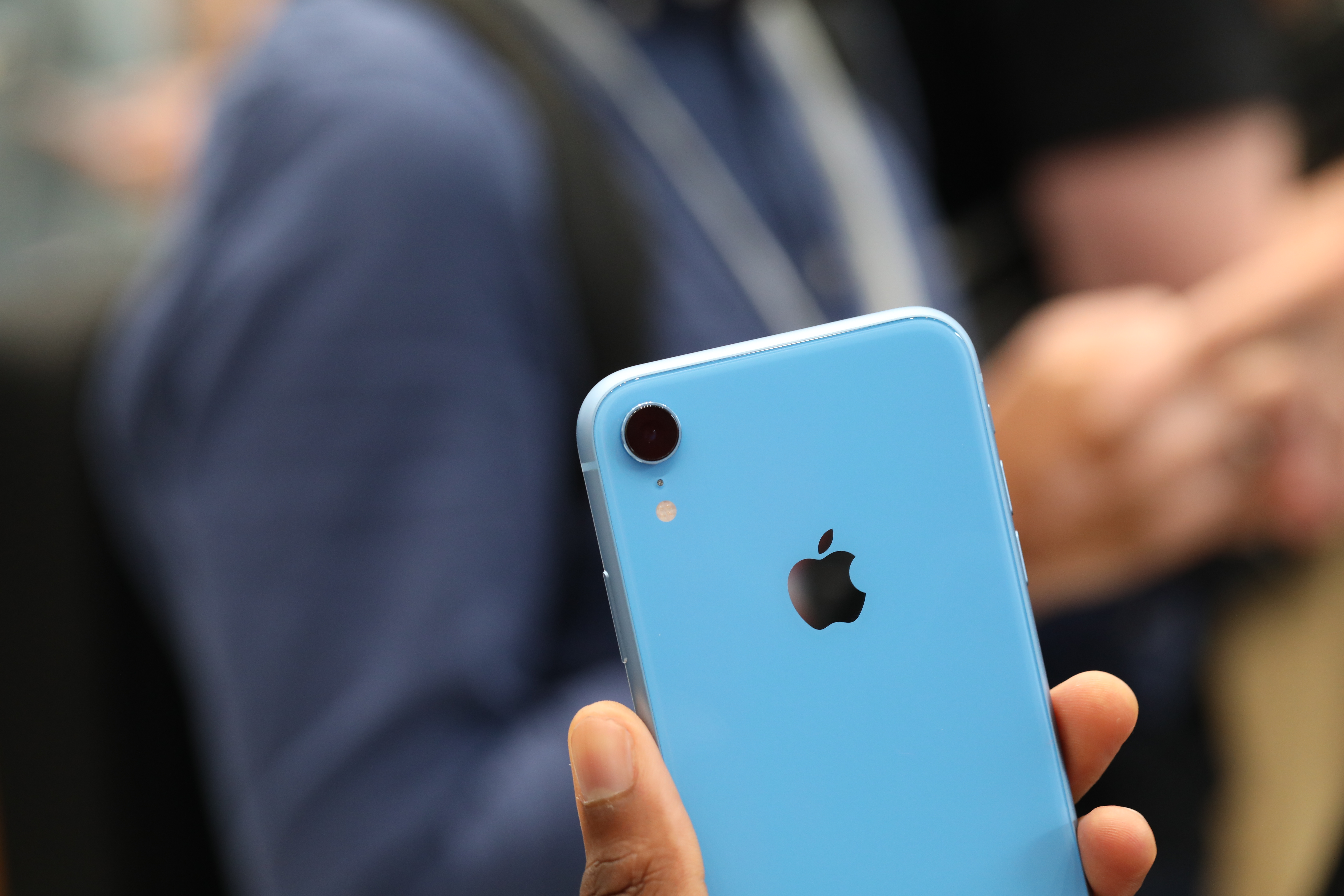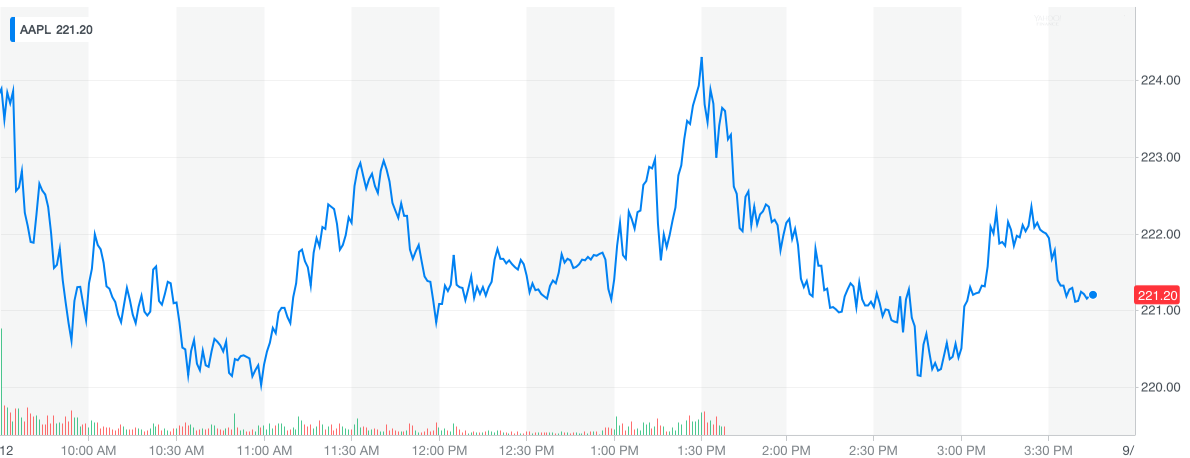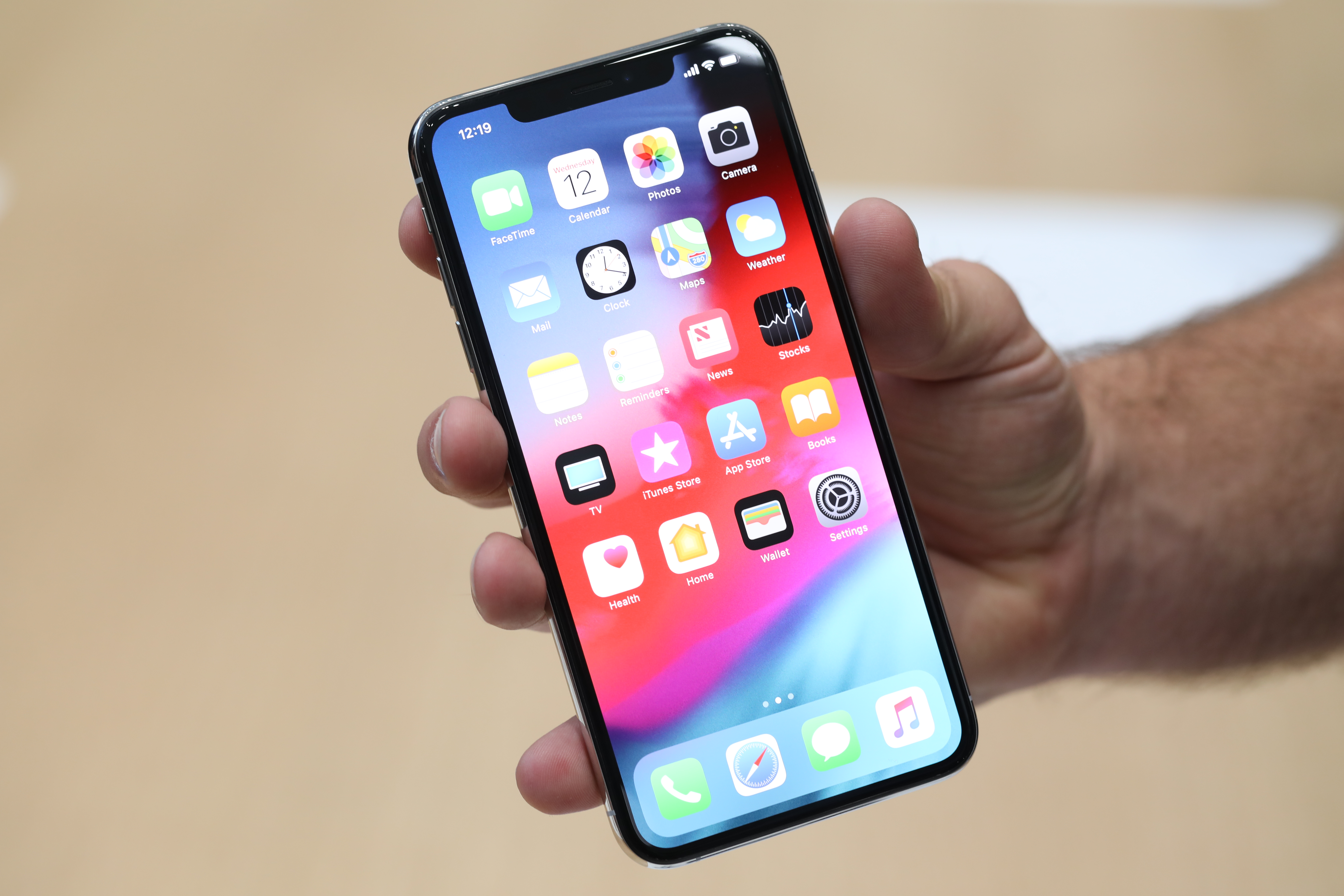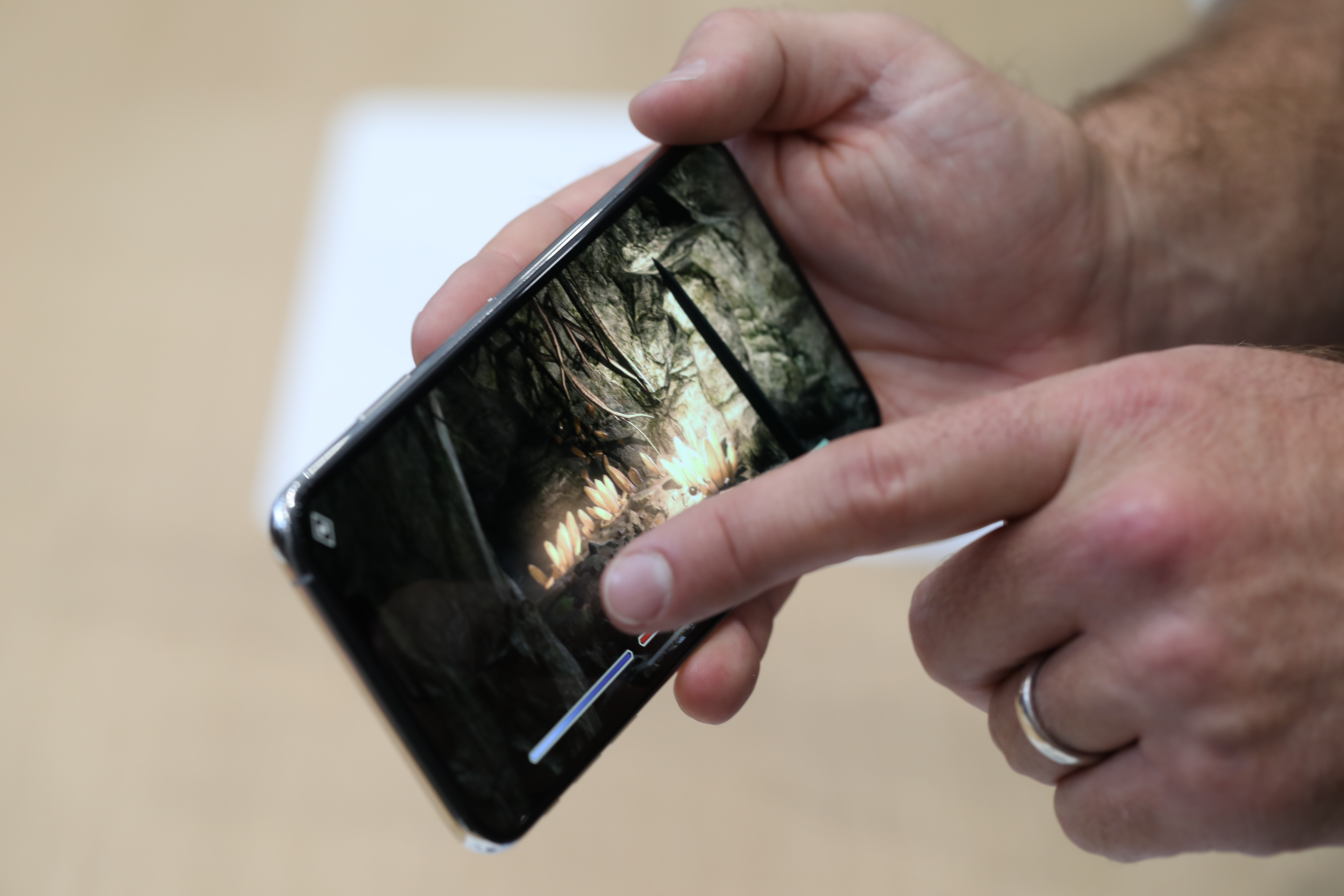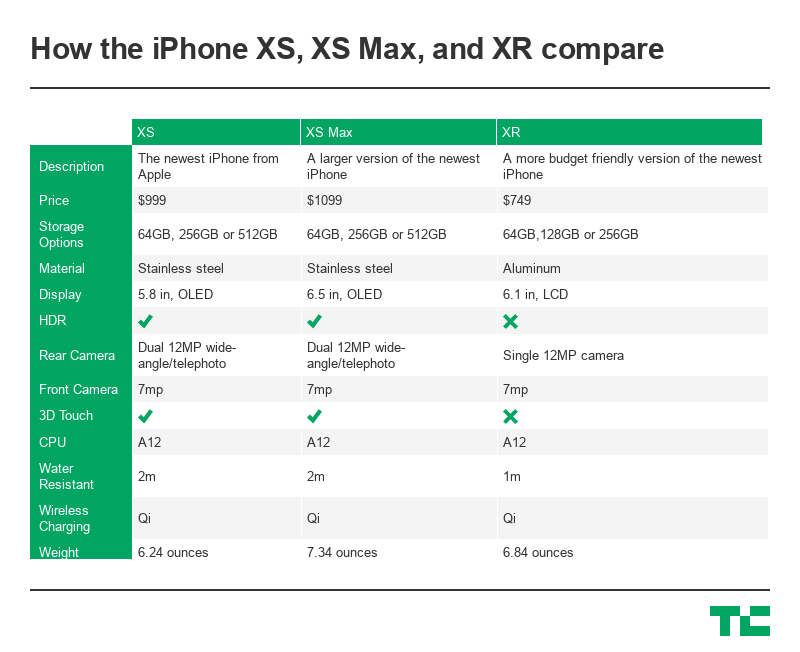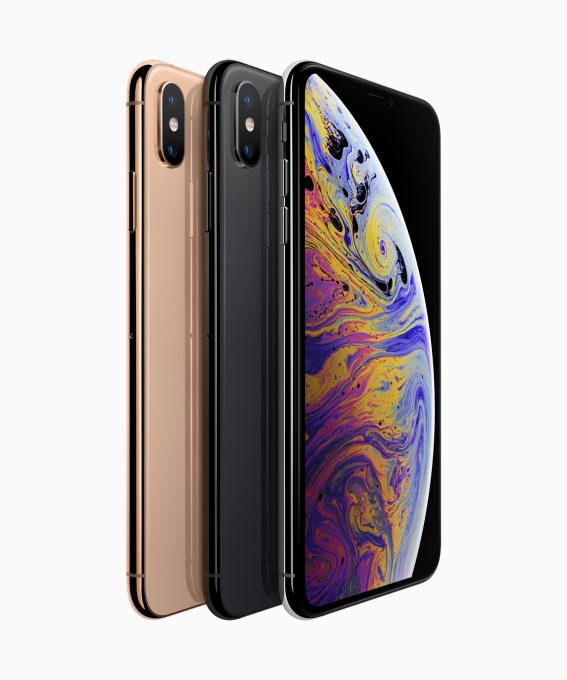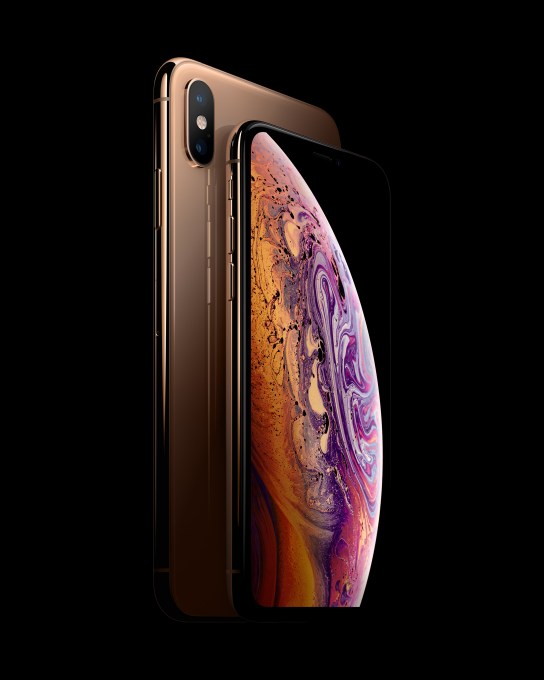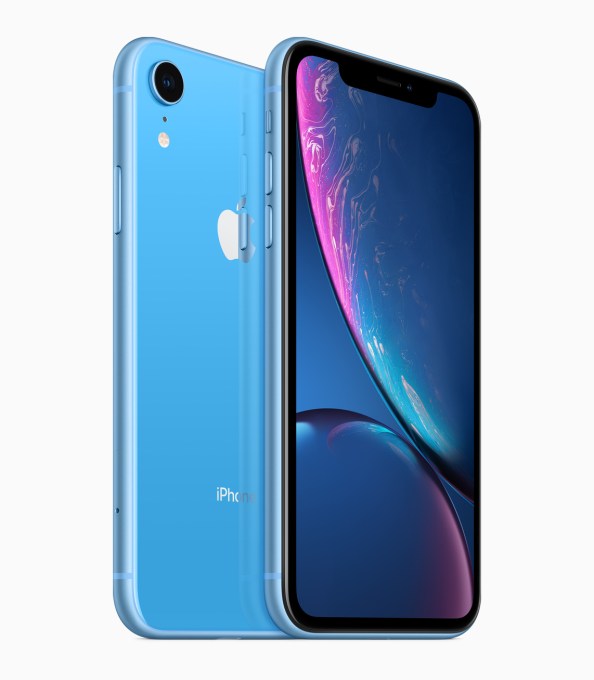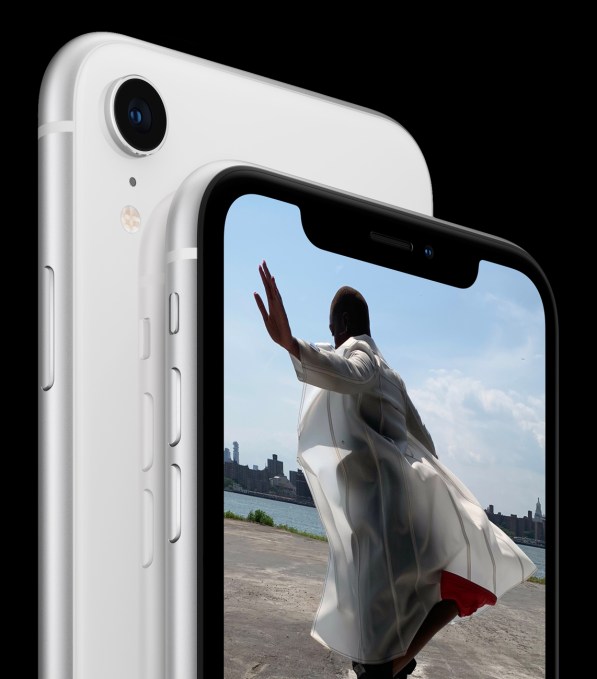With a full year since its last mention onstage at Apple’s last hardware event, Apple’s AirPower wireless charger mat is still missing.
At the company’s iPhone event this morning in Cupertino, there was little mention of the wireless charging tech present in the new iPhones, but more surprisingly there was not a single word said about the company’s AirPower wireless charging mat that it teased last year as coming in “early” 2018.
Apple even had early AirPower mat samples in the hands-on area of the hardware event last year, but it seems delays have left the device out of this year’s show and pushed it further down the product roadmap. While Apple’s website did not show any details on the AirPower charger, there were details about a wireless charging case for the AirPods “coming in 2018” that is designed for the mat.
What’s the problem and why the big delay here?
Well, new charging tech is a major liability for any tech company, and Apple has been trying some ground-breaking things with the AirPower charger that definitely seems more complex than just sticking three Qi charger coils into a padded mat and calling it a day.
First off, the big deal about AirPower is that it is an evolution of the Qi charger standard, (at least some of) the coils have to be smaller to work with the Apple Watch and new AirPods case and the pad also has to be capable of delivering a roughly full speed charge to the phone, something that is likely a major engineering stress test for thermals.
What may have been the biggest challenge as a result is that Apple wants you to be able to charge three devices simultaneously without you having to worry about where they are on the pad. That means that unlike today’s Qi chargers, where you have to scoot your phone around to nudge into a position where it can charge, you truly should be able to just drop something on the pad and get to charging. Some of these issues were detailed in a report from Bloomberg earlier this summer.
In past years, Apple had some issues with shipping both the AirPods and HomePod within the time horizon they had detailed earlier, but Apple gave an awful lot of details about this product in its tease last year and it’s peculiar that it didn’t even get an offhand mention at WWDC or today’s event.
While one of Apple’s hardware devices shipping with a buggy version of iOS might lead to some late-night patches and customers unable to open an app, dealing with power management flaws is a liability cornucopia. If anything is seriously wrong or the wireless charging mat were to make a mistake detecting a device, the paired devices theoretically could catch fire.
Given the challenges, it might make sense that Apple has been a little more careful with this one in the testing phase, but it’s also possible the issues haven’t been with design and are instead just with scaling manufacturing. We don’t really know because Apple hasn’t said squat; instead, they chose to announce the device last year, perhaps before they had an accurate scope of the issues left to tackle before shipping it.
from Apple – TechCrunch https://ift.tt/2N4HibX


